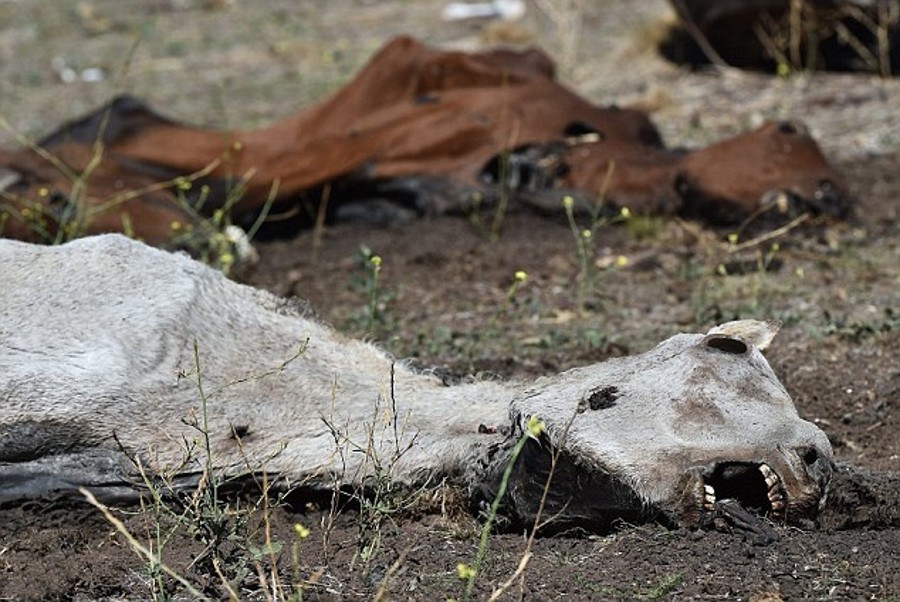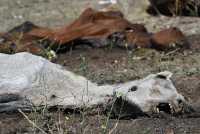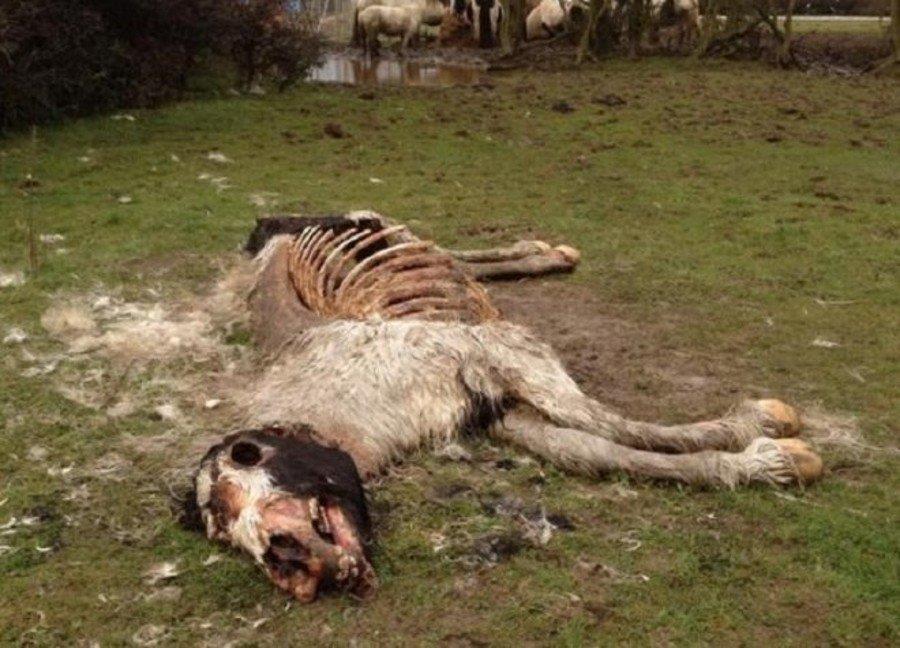Dmitry Kiselyov is a commentator on the Russian state-owned TV channel Russia-1, who doesn't mind beating this "dead horse". He was just at it yesterday, I think. Yesterday. The day before. Earlier today. It's just been
reported by the Irish Times, and by the U.K. Telegraph. A threat to use a nuclear weapon that would wipe Ireland and the United Kingdom off the map in a huge, radioactive tsunami. Not a metaphorical tsunami, but an actual "made of ocean water" tsunami. An obvious exaggeration, but I'm just reporting on what aired on the Russia-1 TV channel.
Two months ago, and just a week after the first open warfare between Russia and Ukraine (in the current context), Naval News (Who doesn't read the latest from Naval News every day?) reported on Russia's "‘Intercontinental Nuclear-Powered Nuclear-Armed Autonomous Torpedo" or "Poseidon".
Text of only middling length, and a diagram that can be enlarged:
https://www.navalnews.com/n...at-you-need-to-know/Credit to the always excellent
H I Sutton for Naval News.
I guess that's enough "naval-gazing" for now.
[This message has been edited by rinselberg (edited 05-03-2022).]




























